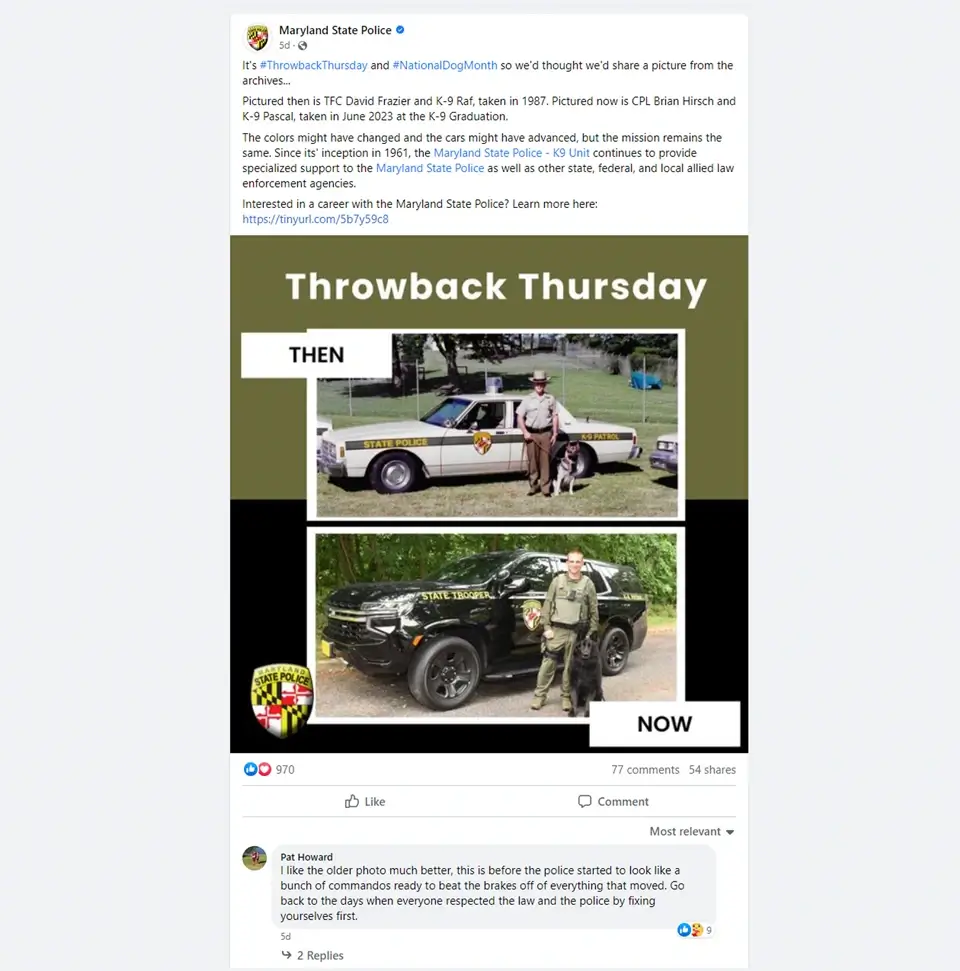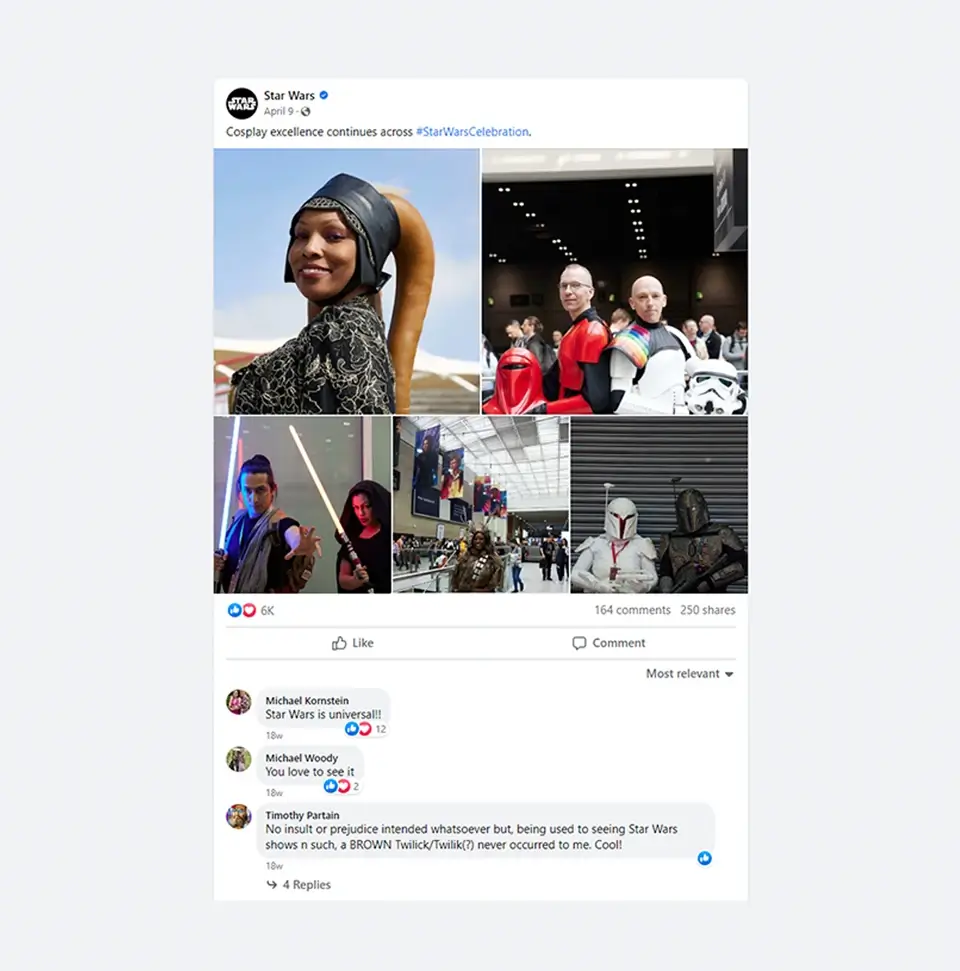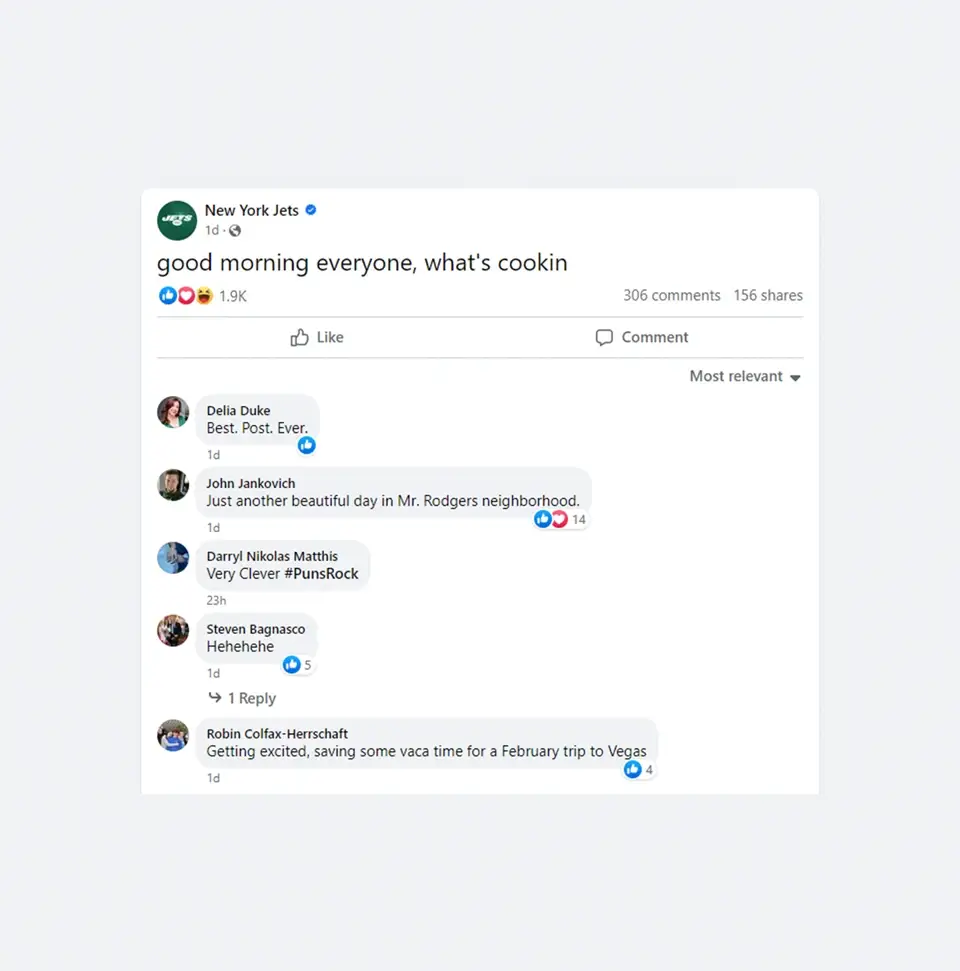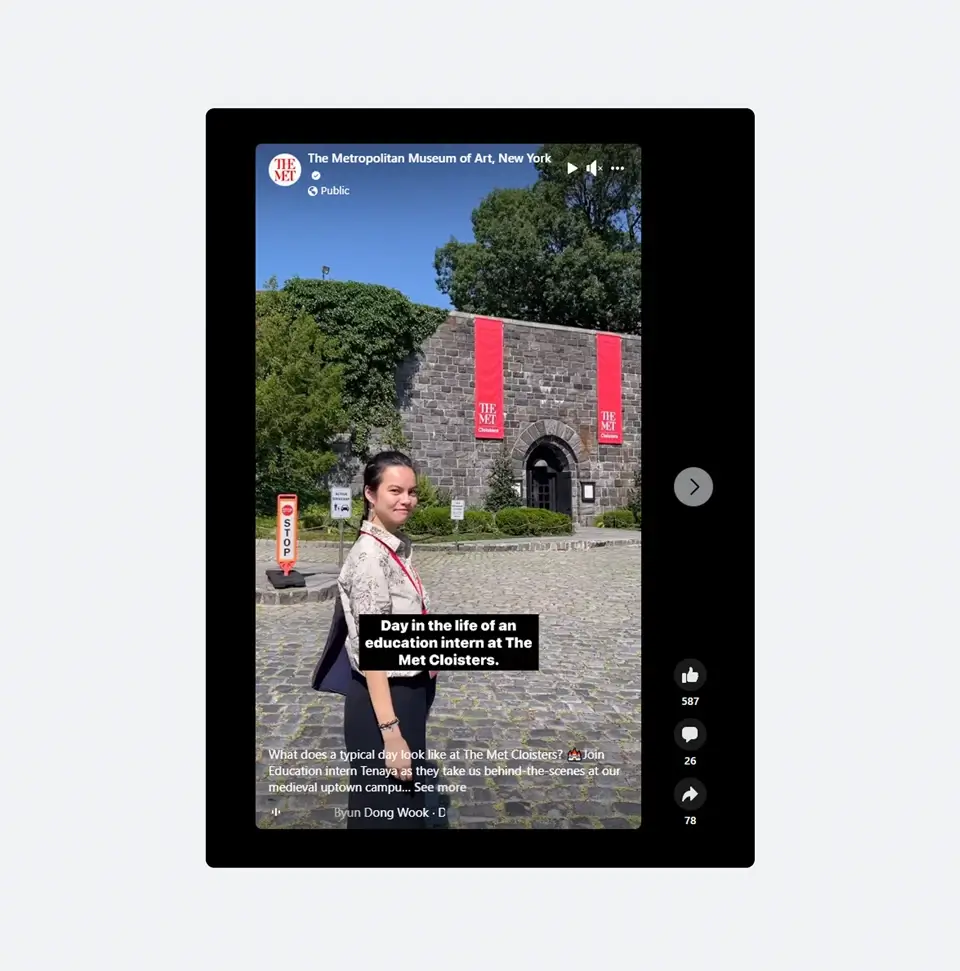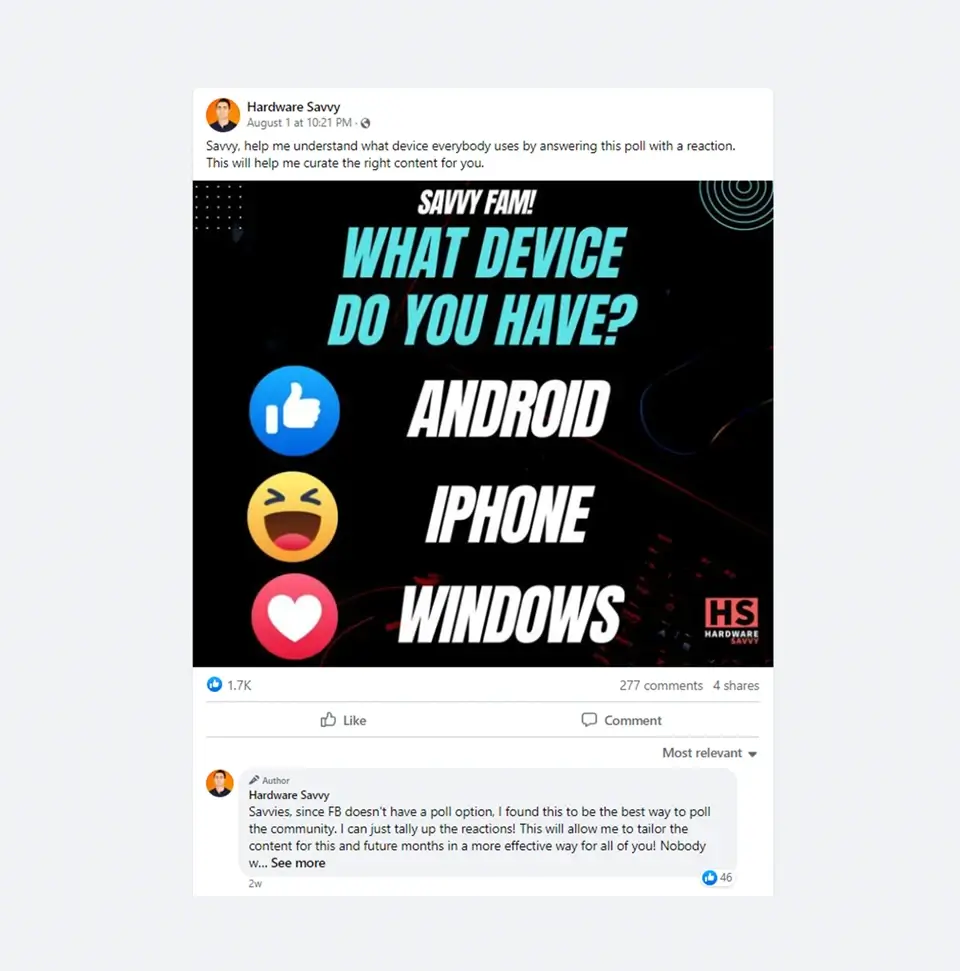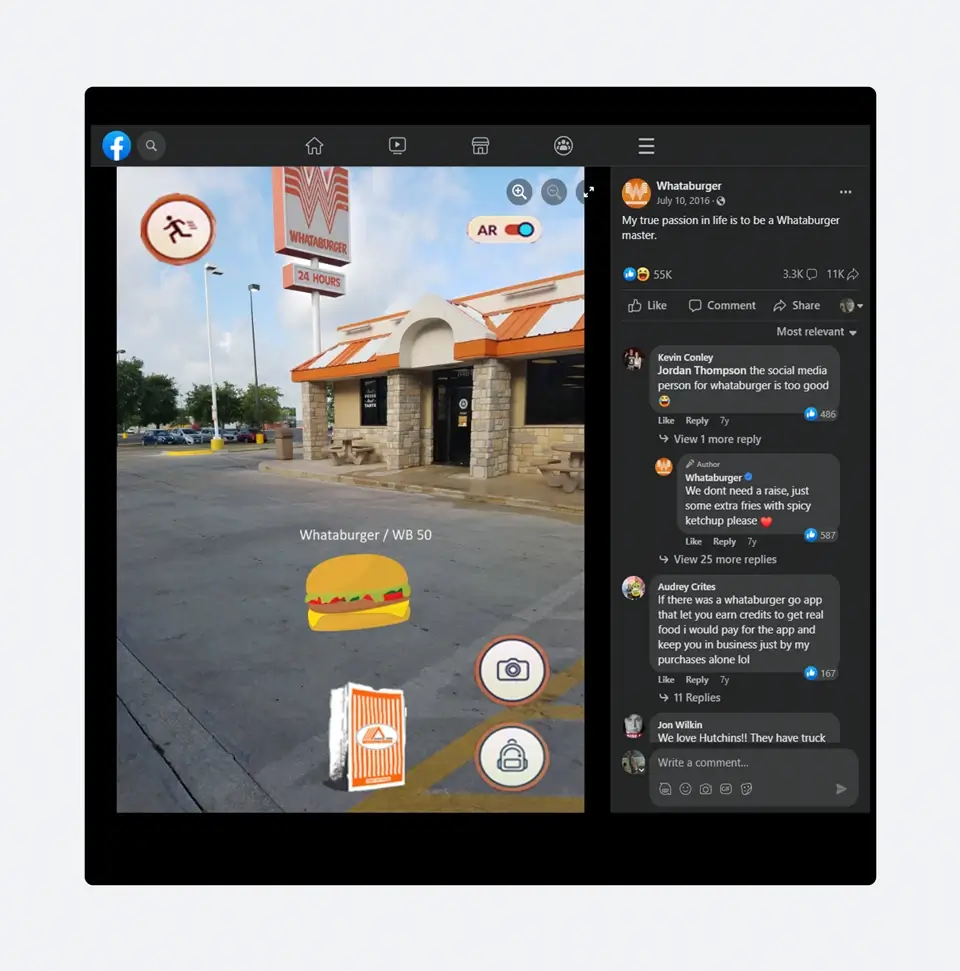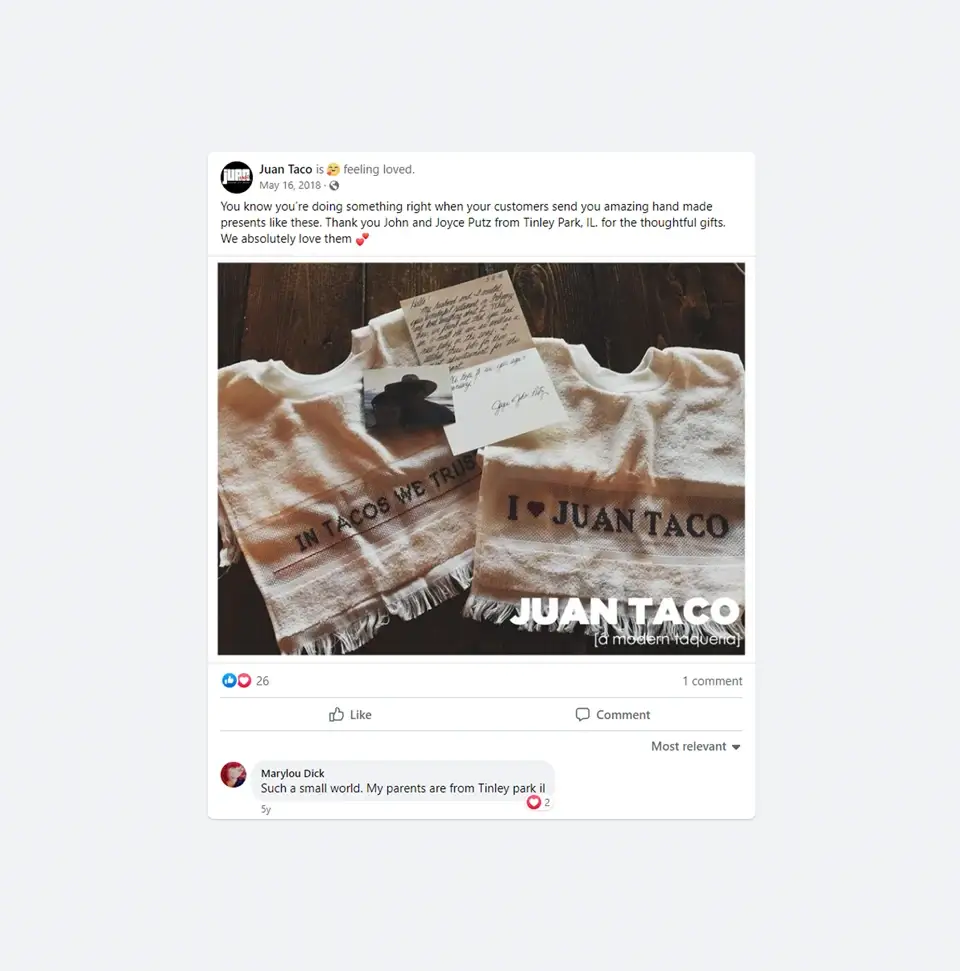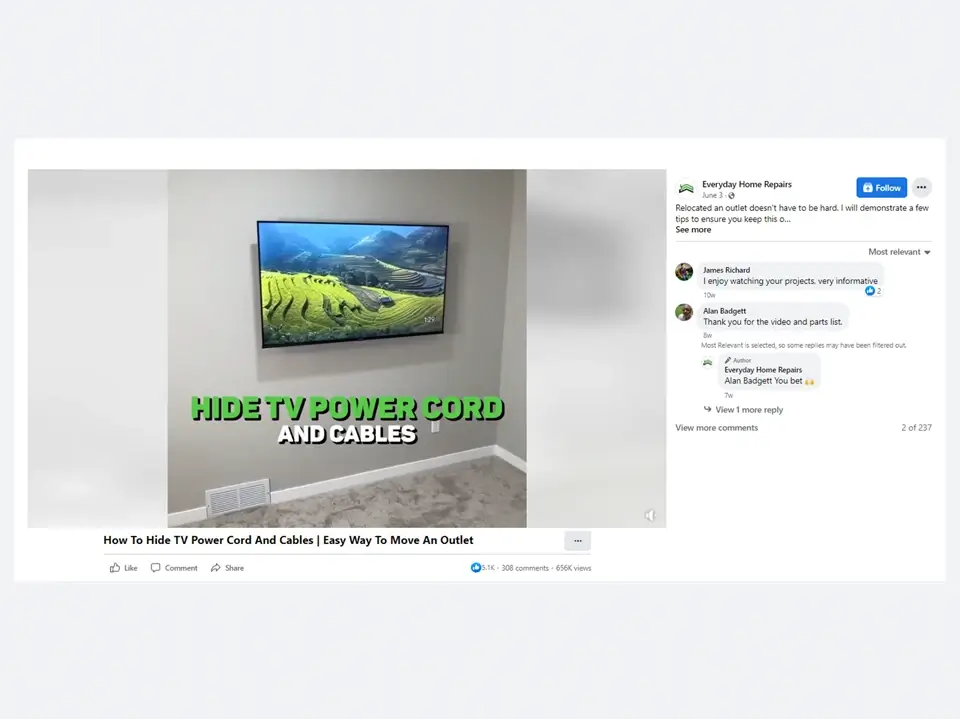The essence of social media lies in its interactivity. Facebook, the titan of social media, epitomizes this principle. Yet, many brands still miss the mark, treating platforms like digital billboards. To truly harness the power of Facebook, interactive posts are paramount. Here’s why and how.
The Need for Interactive Facebook Posts
Remember the initial days of Facebook? It was all about interaction – connecting with peers, later with brands, and essentially being “social.” But somehow, as brands burgeoned, many forgot this core aspect, posting monologues instead of fostering dialogues.
Facebook’s algorithm, designed to celebrate interactivity, ensures that interactive content enjoys a wider reach. This means when followers engage with your content, it gains momentum, reaching more users, thereby enhancing your brand’s visibility and fostering potential customer relationships. Ultimately, interactive posts can lead to conversions, be it website visits or actual sales.
Wondering when it’s the perfect moment to post your social masterpiece? Check out our comprehensive guide on the top times to post on social for greater engagement.
Defining Interactive Facebook Posts
An interactive Facebook post isn’t necessarily a complicated content format. It’s simply a post designed to evoke responses. These posts might ask followers to answer questions, respond to a scenario, or share their experiences. It can be as dynamic as a Facebook live session or as straightforward as a poll. The objective? Get followers talking, liking, sharing, and above all, interacting.
Feeling stuck for ideas? Here are some tested methods:
1. Throwback Posts
Revisiting moments from your business’s history can evoke feelings of nostalgia among followers, creating a strong emotional bond. Memories, especially positive ones, can increase the feel-good factor, making followers more receptive and engaged.
Check out this post from the Maryland State Police showing off a bit of their history!
2. Customer Content
User-generated content, especially from satisfied customers, serves as social proof. By showcasing real experiences, you’re not only validating the quality of your service or product but also making your customers feel valued and heard.
Star Wars shows off their dedicated fans who dress up as their beloved characters!
3. Local Heroes
Highlighting local figures creates a sense of community and pride among your followers. It humanizes your brand by showing that you care about individuals and their contributions, rather than just sales or promotions.
This Ohio-based radio station serves up free lunch from a local spot to those doing good work in their community!
4. Start A Conversation
Sometimes it’s as easy as commenting on the weather to grab your audience’s attention! This is a great and simple way to generate engagement when the conversation starter material is universal enough that anyone can participate.
The New York Jets are just saying good morning and asking what’s up to their followers.
5. Behind-the-Scenes Tours
Such content demystifies your business process, making it more relatable. By offering transparency, you’re building trust and making followers feel like they’re a part of your journey, rather than just customers.
6. Social Surveys
Polls and surveys serve a dual purpose: they engage your audience by making them feel heard and provide you with valuable feedback. It’s a direct line of communication that can inform future business decisions!
This tech creator is polling his audience to further tailor his content to them, making this a great example of audience collaboration.
7. Trending Topic Tie-ins
By connecting your posts with current events or pop culture, you’re showing that your brand is up-to-date and relevant. This can increase shareability as the content is timely and resonates with what’s currently on people’s minds. It also allows you to quickly engage a large portion of your audience without much effort!
Back when everyone was outside hunting for AR creatures in Pokemon Go, Whataburger got in on the trend with their hilarious and viral take.
8. Customer Testimonials
Positive feedback from real customers can be more convincing than any advertisement. Showcasing these testimonials reinforces the quality and reliability of your offerings, influencing potential customers’ decisions.
Juan Taco shows that customer testimonials can go beyond the review, with this heartfelt gift from some appreciative customers
9. Collaborative Campaigns
Joint promotions can tap into new audience segments and bring fresh perspectives. By collaborating, you’re also fostering community relationships and providing diverse content to your followers.
Brain & Spine uses collaboration to do good for senior residents with Alzheimer’s in their local community during the holiday season.
10. Tips & Tricks
Sharing useful tips and tricks related to your products or industry establishes your brand as a valuable resource. By offering shortcuts or insights that make customers’ lives easier or experiences better, you create a community of informed and loyal followers who appreciate the added value you provide.
Showing off how to do simple fixes, like hiding annoying cables on your TV system is useful to his audience, and creates great engagement for him as a creator.
Harnessing Facebook’s Potential for Your Business
Facebook provides a plethora of opportunities for brands to connect in creative and compelling ways. From playful interactive posts to weekly specials and pet features, the sky’s the limit. Dive in, experiment, and see how your online presence flourishes.
If you’re looking for assistance in enhancing your social media game, don’t hesitate to reach out! We’re here to help elevate your brand’s digital voice.


